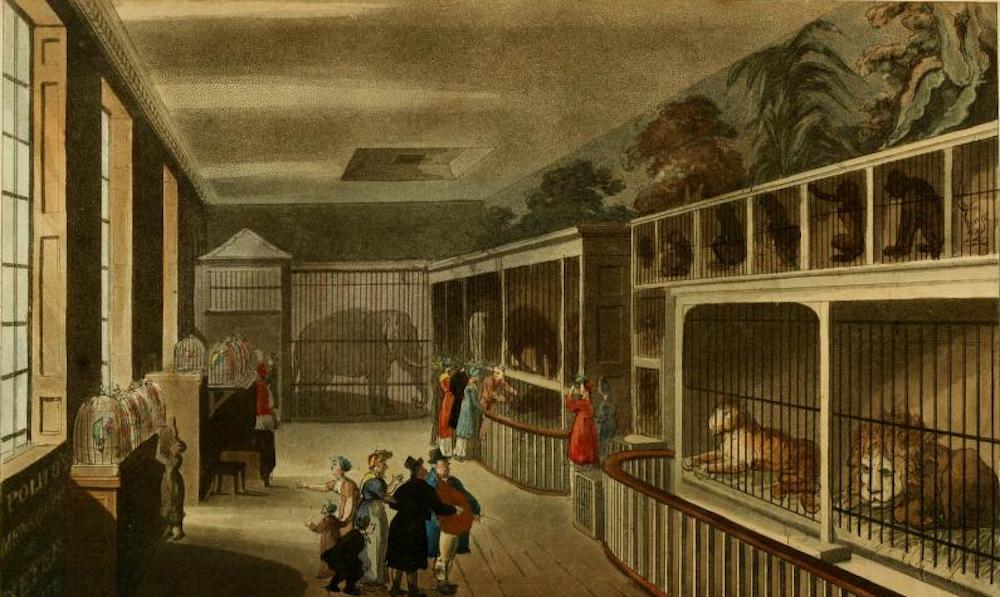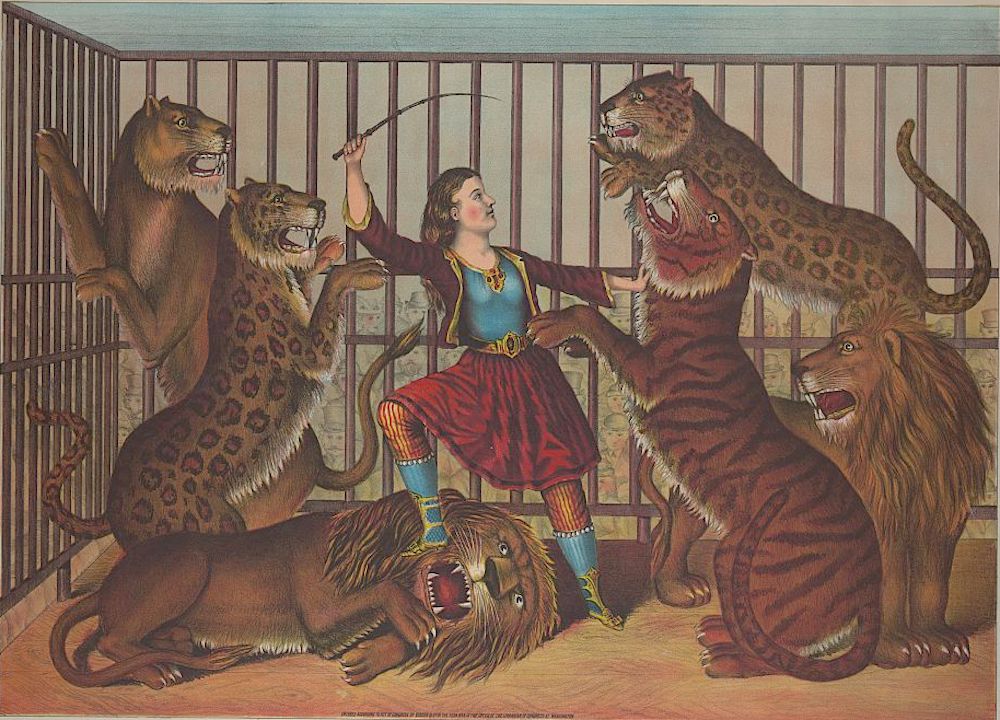Victorian Zoos: The Rise of Animal Attractions in the 19th Century

The 19th century, particularly the Victorian era (1837–1901), marked a significant period in the development of zoological gardens, which became popular centers of public entertainment, education, and scientific inquiry. Victorian zoos were not only a reflection of the era’s fascination with nature and exploration but also a manifestation of imperial power and the growing urban middle class’s leisure pursuits.
Origins and Growth of Victorian Zoos
The idea of keeping exotic animals for public display was not new; royal menageries had existed for centuries. However, Victorian zoos represented a shift towards more organized, accessible, and educational spaces. The most famous example is the London Zoo, opened in 1828 by the Zoological Society of London. Initially a scientific collection for study, it soon opened its gates to the public in 1847, becoming a prototype for modern zoological parks.
As the British Empire expanded, animals from across the globe—lions from Africa, tigers from India, kangaroos from Australia—were transported to Victorian zoos. These collections showcased imperial reach and sparked public curiosity about distant lands.
Purpose and Public Appeal
Victorian zoos served multiple purposes:
- Education: Zoos were seen as places to educate the public about natural history, evolution, and animal behavior. Exhibits were often accompanied by detailed descriptions and scientific information.
- Entertainment: For a growing urban population with leisure time, zoos offered a chance to escape city life and experience exotic wildlife up close.
- Scientific Research: The period’s advancements in biology and zoology found practical application in zoos, with efforts to breed animals in captivity and study their habits.
Animal Welfare and Ethical Views
The 19th century attitudes towards animal welfare were complex. While Victorian society was beginning to develop empathy towards animals—reflected in the rise of animal protection societies—the conditions in many zoos remained harsh. Animals were often kept in small cages or unnatural environments, and the concept of conservation was not yet prevalent.
Public spectacles sometimes included animal fights or displays of “exotic” animals as curiosities, reflecting colonial attitudes and the era’s fascination with the “wild” and “primitive.”

Notable Victorian Zoos and Exhibitions
- London Zoo (1828): The world’s first scientific zoo, evolving into a major public attraction.
- Edinburgh Zoo (opened later in 1913 but rooted in Victorian ideas): Its founders were inspired by Victorian zoological practices.
- Exhibitions and World Fairs: Animals were often displayed in international exhibitions, such as the Great Exhibition of 1851, showcasing imperial wealth and exotic fauna.
Legacy of Victorian Zoos
Victorian zoos laid the groundwork for modern zoological parks, emphasizing public engagement with wildlife and the importance of education. However, they also reflected the imperialist and colonial mindset of the era, treating animals as trophies from conquered lands.
The Victorian passion for animals in captivity contributed to the rise of conservation movements in the 20th century, as awareness of species endangerment grew.
Summary:
Victorian zoos in the 19th century emerged as multifaceted institutions blending education, entertainment, and imperial display. Rooted in the Victorian enthusiasm for science and exploration, these zoos introduced urban populations to exotic wildlife, while simultaneously revealing the complexities of animal welfare and colonial attitudes. They remain a crucial chapter in the history of public engagement with the natural world.





